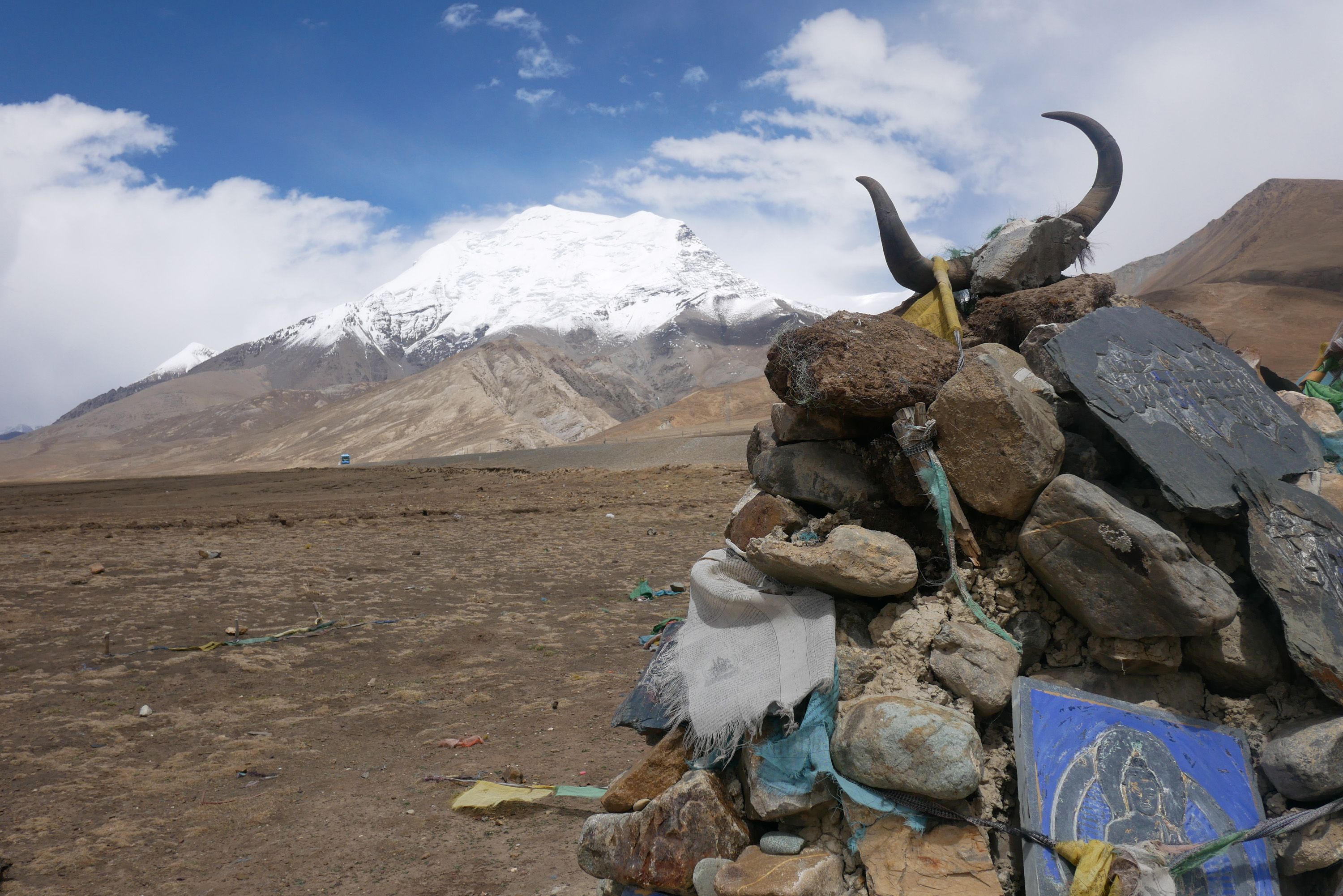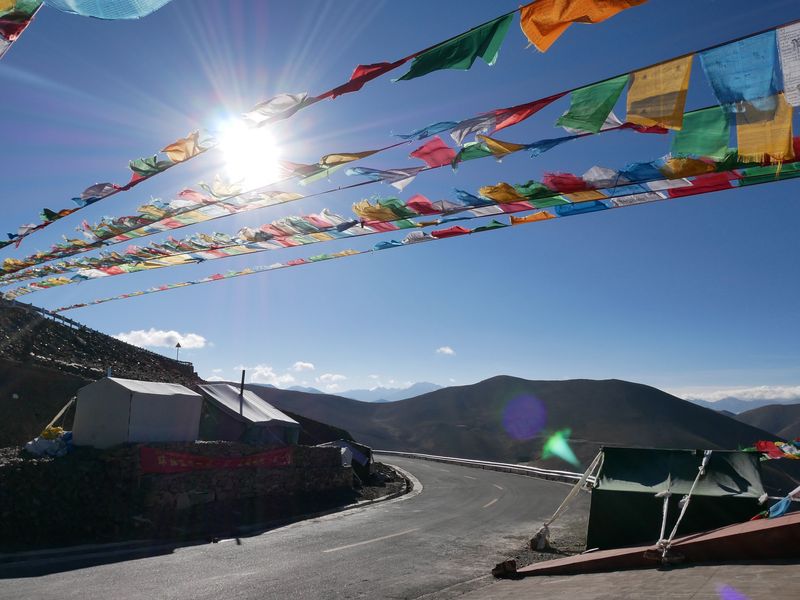When is the best time to visit Tibet?
The best time to visit Tibet is during spring and autumn, when the scenery is painted with brushstrokes of vivid colours, and the skies are brilliantly clear. Summer has a modest rainy season that makes the going more difficult, and frequently obscures the views. The awe-inspiring Mount Everest is best seen between April and June, or September and December.
Tibet weather & when to go
Pick a month below
Weather seasons are becoming less predictable but peak visitor months remain more certain.
Unfollow the herd - avoid the peak months to enjoy fewer crowds, better availability, often lusher countryside and help to spread the economic benefits of tourism.
Weather overview
Due to several politically sensitive anniversaries around the Tibetan New Year (Losar), Tibet is entirely closed to foreign travellers between mid-February and early April. Visas cannot be issued for this period, and notice of when the borders will reopen is not usually given until shortly beforehand.
Bounded by the mighty Himalayas that run south to west, and the Tanggula mountain range in the centre and north of the country, Tibet is largely shielded from extremes of weather. The climate is generally similar to that of mainland China, though the plateau is so large that there can be substantial differences in conditions between Lhasa in the south east, for instance, and the alpine landscapes of the northern regions. Another factor is the immense fluctuations in altitude between destinations. Day and night-time temperatures in the same place tend to vary significantly.
Lhasa, the capital, has a well-earned reputation as ‘the sunlit city’, enjoying over 3,000 hours of sunlight annually. That makes it the perfect place to spend a few days acclimatising on arrival before exploring further afield. Even here though, the air is moisture-free and very thin, at an altitude of more than 3,600 metres above sea level.
Tibet is blessed with myriad spiritual landmarks and ancient religious sites that are at their busiest during the peak season between June and October. Those who brave the winter weather are rewarded with a more peaceful ambience and authentic experience.
Spring
Spring is a glorious time of year to holiday in Tibet. The mountain slopes are generously carpeted in beautiful wildflowers, the snows of winter are gradually melting away under the bright sunshine, and the panoramas are nothing short of sublime. April sees the beginning of climbing season in Mount Everest National Park, and trekking around the sacred Mount Kailash is very popular.
Summer
Tibet’s summer months are warm, and you can regularly get away with just a t-shirt in Lhasa during the day, although temperatures still drop precipitously after dark wherever you are. The rainy season begins from late June, peaking in August, but the main annoyance is clouds blocking the views. Most rain tends to fall at night, though short afternoon showers are not unknown.
Autumn
Autumn is another ideal month for trekking in Tibet, or exploring the exquisite Holy Lakes, with fantastic visibility, and fiery shades throughout the landscape. Occasional spells of rain do occur, but for the most part it will be sunny, dry and fairly cold. The Ongkor harvest festival is a highlight of September, while October sees an influx of Chinese holidaymakers celebrating National Day.
Winter
From December onwards much of Tibet slows to a standstill beneath a glistening blanket of snow and ice. Many parts of the country are unreachable, with mountain passes blocked, so if you’re visiting in winter you will be mostly confined to the cities. The skies however are a brilliant blue, punctuated with little puffs of cloud. Nights can be bitterly cold, worsened by the wind chill factor, but the days are often pleasantly mild, and with fewer other travellers around, this can be a good time to discover Tibet at its most tranquil.

